by, Jade K. Miles, BA, BSN, RN
 AWHONN Member on the Move
AWHONN Member on the Move
Rosemarie Cervantes, MSN/Ed., RN has been an OB nurse for 25 years and the Los Angeles AWHONN chapter co-chair for the past three years, collaborating closely with Orange County (OC) chapter leaders. However, her AWHONN story began years earlier.
In 2009, Rosemarie was living in Nevada when she traveled to her first AWHONN national convention in San Diego. After attending informative sessions and interacting with more than 2,500 of her nurse colleagues, she returned home inspired by her experience and motivated to help build the Nevada AWHONN section.
Rosemarie’s energetic personality and reputation as a leader preceded her. Upon relocating to California in 2013, Rosemarie joined LA AWHONN and was instrumental in bringing new life to the chapter. In fact, her first event had nearly 80 attendees! She works closely between the LA and OC chapters since there is so much overlap between nurses that both work and/or live within both Orange and LA counties.
 Diapers by the Dozen—and More!
Diapers by the Dozen—and More!
By the time AWHONN announced its Healthy Mom&BabyDiaper Drive in 2015, Rosemarie was incredibly active with her fellow members in California and already making a difference in her community. But the advent of the Healthy Mom&Baby Diaper Drive brought to light an issue plaguing families that she was previously unaware of.
“The diaper drive was my first introduction to learning about the prevalence of diaper need,” says Rosemarie. “After talking to my fellow members, I realized I wasn’t the only one unaware of how much of an effect diaper need has on families.”
To help create awareness and start the conversation about diaper need, Rosemarie used resources from the Healthy Mom&Baby Diaper Drive toolkit to create a trifold with facts about diaper need to be on display for an LA/OC chapter meeting. This powerful visual aid served as a talking point and incited discussion among the nurses.
Rosemarie overheard positive feedback from members as well as an overwhelming desire to help families in need. This gave rise to a chapter diaper drive in which members were asked to bring a package of diapers to their next meeting. Rosemarie had no expectations since this was a pilot and was delighted by the generosity of her chapter members, who collected 1,765 diapers and 900 wipes. When asked if they would do it again, the members said yes because they love giving back to their local community.
Plans to Wipe Out Diaper Need in 2016
While Rosemarie was excited to see the turnout of their first chapter drive in 2015, she set her sights on much bigger goals for 2016. Specifically, she is determined to meet or exceed the Healthy Mom&Baby Diaper Drive challenge for 2016—that’s 250,000 diapers!—by filling up a semitruck with diapers at their Fill-a-Truck Extravaganza event set for October 14 at Miller Children’s & Women’s Hospital Long Beach. Reaching that goal won’t be easy, but it will be worth it. Rosemarie has carefully crafted a plan for success that includes a powerful support system.
 “First, you need to have a team that is passionate about this issue,” she explains. “Everyone has been extremely dedicated to reaching our goal. Secondly, you need a group of individuals with several skill sets to help. I have people who are excellent at acquiring donations, some with strong organizational skills, and others that can get the message out to the community. Lastly, you need to partner with the local community in order to have a successful diaper drive.”
“First, you need to have a team that is passionate about this issue,” she explains. “Everyone has been extremely dedicated to reaching our goal. Secondly, you need a group of individuals with several skill sets to help. I have people who are excellent at acquiring donations, some with strong organizational skills, and others that can get the message out to the community. Lastly, you need to partner with the local community in order to have a successful diaper drive.”
With Diaper Need Awareness Week in mind—September 26–October for the 2016 year, when people bring awareness to diaper need in America—Rosemarie decided to aim for a fall drive for maximum impact and involvement. To get started, she met with a Long Beach City, CA council member and informed her about diaper need in the Long Beach area. She told them about plans to do a diaper drive and asked if they’d be willing to help. Long Beach said yes but that they did not have the logistics or ability to store diapers. Rosemarie took this momentary setback in stride and persevered.
“When you’re trying to work with a corporation or a large group, you have to know the right people to go to,” says Rosemarie. “Often this takes time and can be frustrating, but you just have to keep going until you get what you need.” Rosemarie contacted Baby2Baby, an LA-area diaper bank (and National Diaper Bank Network member) that helps distribute diapers to local families in need. Additionally, a local yoga studio is providing a drop-off location for diapers.
“Baby2Baby, Huggies and AWHONN have been great partners, providing necessary support to make this upcoming event a success,” Rosemarie says. “In addition to much-needed resources, manpower, marketing and other donations from Huggies we are so appreciative of local businesses and community members who have come forward to help in this event.”
Rosemarie also believes in getting the future generations involved in community service, which is why she is working with local Girl Scout troops as well as nursing students from UCLA and Long Beach City College. This is truly a group effort in which nurses are able to come together with the LA/OC communities to promote the health of women and newborns.
Confidence and Compassion: A Winning Combination
In addition to increasing the chapter’s reach and diaper donation totals, Rosemarie wanted to shed light on diaper need and the plight of low-income families. “I felt that this would be a great nurse-led community awareness campaign in our local area,” she says. “Many individuals I have spoken to are taken by surprise [when they learn] about this issue. As nurses, we need to advocate for mothers and infants by educating the medical and local community on the diaper need epidemic in our working class.”
A strong background in fundraising combined with natural instincts to care for others with which all nurses can identify have contributed to Rosemarie’s success in helping the 1 in 3 families affected by diaper need. She found her niche networking with people and not being afraid to ask for things—and that confidence is a certain asset when undertaking projects of this caliber. “I don’t give up,” she says firmly. “If the window closes, I go around and find another way to get to my goal.”

 AWHONN Member on the Move
AWHONN Member on the Move  Diapers by the Dozen—and More!
Diapers by the Dozen—and More!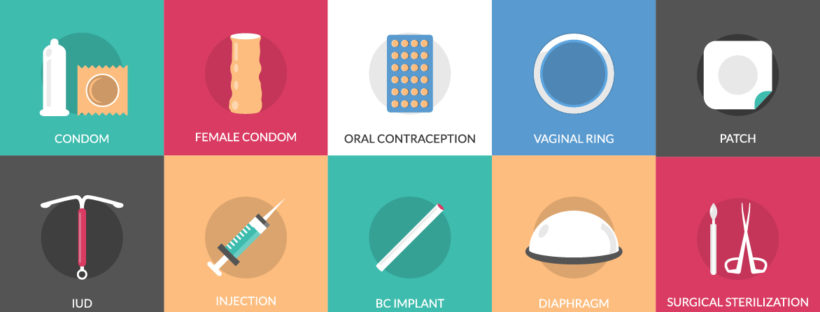


 Corinne first learned of EMPCC when they came to speak at her church and became increasingly familiar with the organization by serving at their yearly fundraising banquets. Knowing that EMPCC is frequently in short supply of diapers and moms can’t use food stamps to pay for them, Corinne felt certain that a diaper drive would be perfect for her project and would also serve a great need in the community. She fulfilled her 30-hour requirement while working tirelessly to market and organize the drive, as well as collect, transport, and stock diaper donations at EMPCC.
Corinne first learned of EMPCC when they came to speak at her church and became increasingly familiar with the organization by serving at their yearly fundraising banquets. Knowing that EMPCC is frequently in short supply of diapers and moms can’t use food stamps to pay for them, Corinne felt certain that a diaper drive would be perfect for her project and would also serve a great need in the community. She fulfilled her 30-hour requirement while working tirelessly to market and organize the drive, as well as collect, transport, and stock diaper donations at EMPCC. All items were delivered to Michelle and Corinne’s home, and they personally delivered everything to EMPCC. Both ladies said that hearing the UPS truck come by was always exciting because it signaled the arrival of more donations. In fact, North Rome Christian School administrator and EMPCC board member Lee Ann Carmichael decided to request that more shelves be built to accommodate the influx of diapers at EMPCC. At the end of the drive, Corinne’s senior class of 10 students filled those shelves to the brim, all as a result of the kindness and generosity of their friends, neighbors, and colleagues.
All items were delivered to Michelle and Corinne’s home, and they personally delivered everything to EMPCC. Both ladies said that hearing the UPS truck come by was always exciting because it signaled the arrival of more donations. In fact, North Rome Christian School administrator and EMPCC board member Lee Ann Carmichael decided to request that more shelves be built to accommodate the influx of diapers at EMPCC. At the end of the drive, Corinne’s senior class of 10 students filled those shelves to the brim, all as a result of the kindness and generosity of their friends, neighbors, and colleagues. Jade K. Miles, BA, BSN, RN, is a nurse consultant for the Healthy Mom&Baby Diaper Drive and lives in Raleigh, NC.
Jade K. Miles, BA, BSN, RN, is a nurse consultant for the Healthy Mom&Baby Diaper Drive and lives in Raleigh, NC. 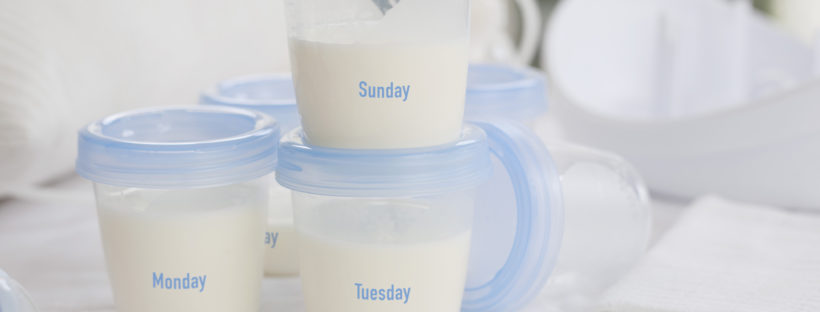
 Diane L. Spatz, PhD, RN-BC, FAAN is a Professor of Perinatal Nursing & the Helen M. Shearer Professor of Nutrition at the University of Pennsylvania School of Nursing sharing a joint appointment as a nurse researcher and director of the lactation program at the Children’s Hospital of Philadelphia (CHOP). Dr. Spatz is also the director of CHOP’s Mothers’ Milk Bank. Dr. Spatz is an active researcher, clinician, and educator who is internationally recognized for her work surrounding the use of human milk and breastfeeding particularly in vulnerable populations. Dr. Spatz has been PI or co-investigator on over 30 research grants, included several from the NIH. She has authored and co-authored over 80 peer reviewed publications. Dr. Spatz has authored or co-authored position statements for the International Lactation Consultant Association, the Association of Women’s Health Obstetric & Neonatal Nursing and the National Association of Neonatal Nurses.
Diane L. Spatz, PhD, RN-BC, FAAN is a Professor of Perinatal Nursing & the Helen M. Shearer Professor of Nutrition at the University of Pennsylvania School of Nursing sharing a joint appointment as a nurse researcher and director of the lactation program at the Children’s Hospital of Philadelphia (CHOP). Dr. Spatz is also the director of CHOP’s Mothers’ Milk Bank. Dr. Spatz is an active researcher, clinician, and educator who is internationally recognized for her work surrounding the use of human milk and breastfeeding particularly in vulnerable populations. Dr. Spatz has been PI or co-investigator on over 30 research grants, included several from the NIH. She has authored and co-authored over 80 peer reviewed publications. Dr. Spatz has authored or co-authored position statements for the International Lactation Consultant Association, the Association of Women’s Health Obstetric & Neonatal Nursing and the National Association of Neonatal Nurses.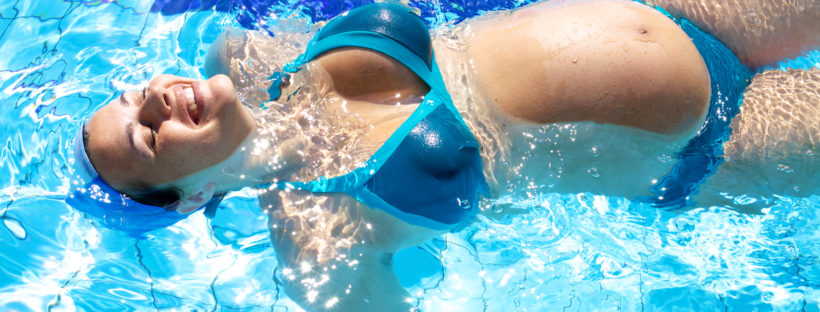
 Lizzy Bullock is a swimmer, Red Cross certified swimming instructor (WSI) and swimming coach with over a decade of experience working with infants, children, and adults. Lizzy currently works as a swimming instructor and staff writer for
Lizzy Bullock is a swimmer, Red Cross certified swimming instructor (WSI) and swimming coach with over a decade of experience working with infants, children, and adults. Lizzy currently works as a swimming instructor and staff writer for 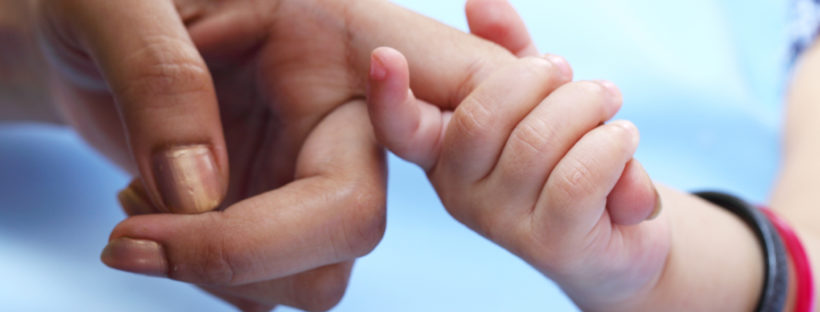


 Summer Hunt
Summer Hunt
 We go in to a completely bare room and make it a functioning OR.
We go in to a completely bare room and make it a functioning OR.  Cecille, describe your work educating midwives in Guatemala
Cecille, describe your work educating midwives in Guatemala
 Where to next?
Where to next?
 Heretha Hankins MSN-Ed, RNC is a Professional Development Specialist at Holy Cross Hospital in Silver Spring, MD, affiliate of Trinity Health System. She is the creator/facilitator of the Perinatal Nurse Training (PiNT) Program which she has presented to the Central Virginia Nursing Staff Development Organization, Maryland Patient Safety Perinatal Collaborative and Trinity Health Perinatal Summit. With 20+ years of nursing experience she also freelances as a Nurse Education Consultant. Her professional passion is to train the best nurses to provide the best patient care. She is always willing to discuss this at
Heretha Hankins MSN-Ed, RNC is a Professional Development Specialist at Holy Cross Hospital in Silver Spring, MD, affiliate of Trinity Health System. She is the creator/facilitator of the Perinatal Nurse Training (PiNT) Program which she has presented to the Central Virginia Nursing Staff Development Organization, Maryland Patient Safety Perinatal Collaborative and Trinity Health Perinatal Summit. With 20+ years of nursing experience she also freelances as a Nurse Education Consultant. Her professional passion is to train the best nurses to provide the best patient care. She is always willing to discuss this at 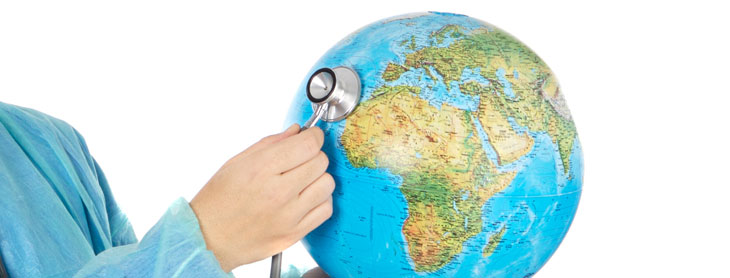
 Kimberly J. Angelini, WHNP-BC, RN is a PhD student at Boston College studying women’s health promotion. She is currently a board certified Women’s Health Nurse Practitioner and works at Dowd Medical Center Gynecology. Kim also works as a staff nurse on the in-patient transplantation unit at Massachusetts General Hospital.
Kimberly J. Angelini, WHNP-BC, RN is a PhD student at Boston College studying women’s health promotion. She is currently a board certified Women’s Health Nurse Practitioner and works at Dowd Medical Center Gynecology. Kim also works as a staff nurse on the in-patient transplantation unit at Massachusetts General Hospital.